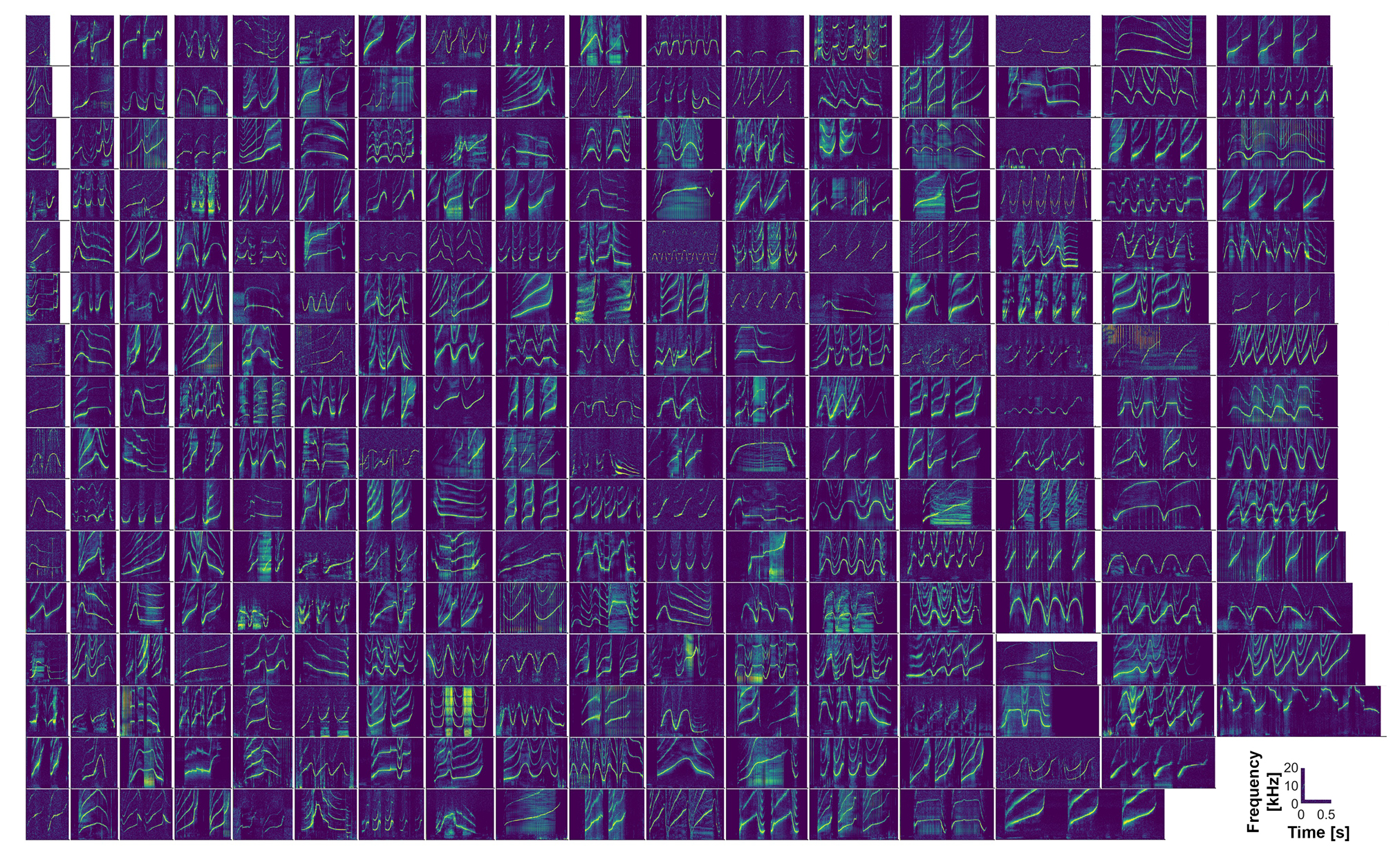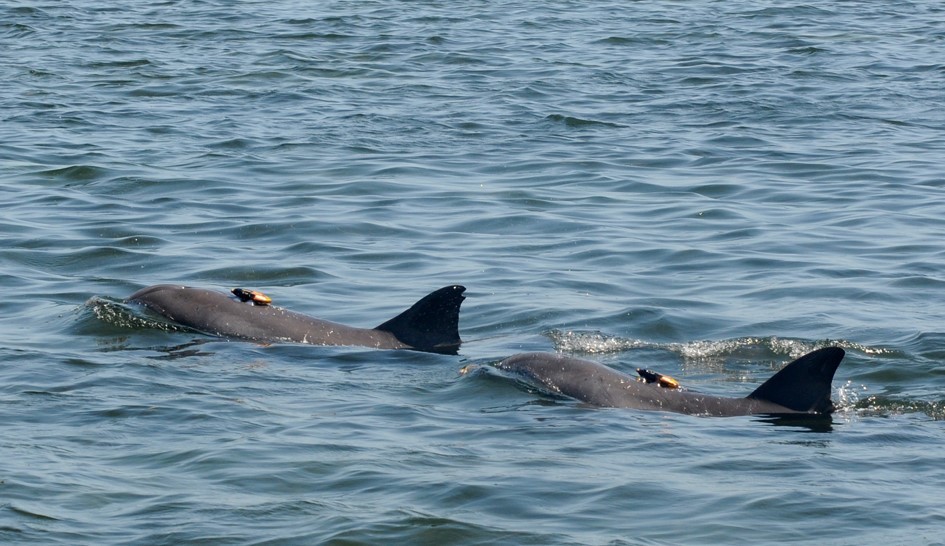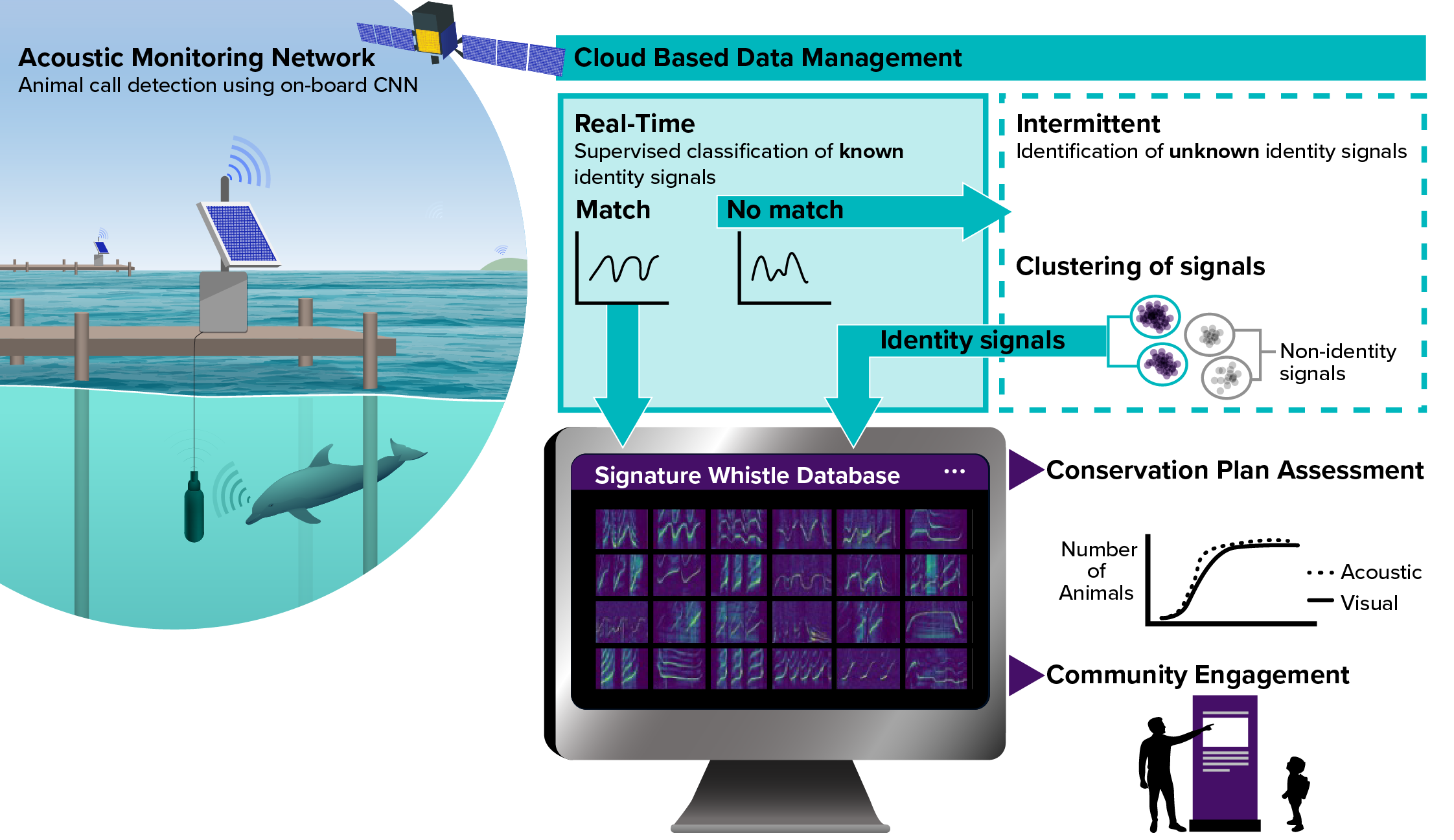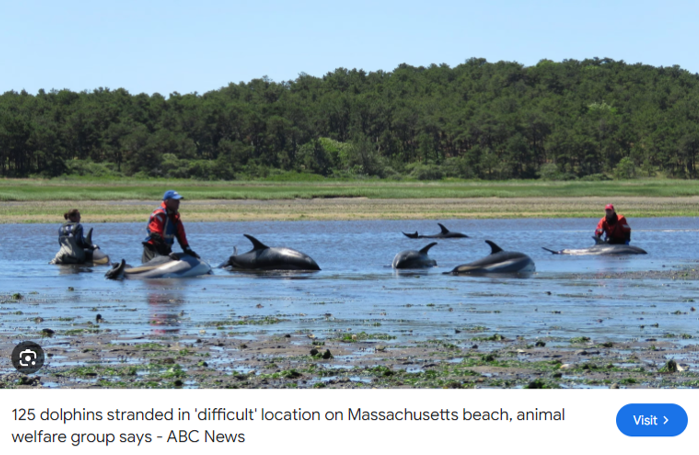RESEARCH
NEWS FLASH! I am very excited to announce that our project won the first annual "Coller-Dolittle Challenge." You can view our winning presentation here, and see some media coverage from the Guardian, Nature, Science, New Scientist, and National Geographic.
Here are a selection of some ongoing projects I'm currently involved with.
Understanding how dolphins communicate with each other
Studies of structure and function of dolphin signature whistles
Dolphin signature whistles are individually specific sounds that function in some ways like human names. From decades of recordings of known individual dolphins recorded with suction-cup hydrophones during brief catch-and-release health assessments, we have built a large database of these whistles, which is leading to breakthroughs in our understanding of dolphin communication. For example, we found in a recent study that bottlenose dolphin mothers modify their signature whistles in the presence of their calves, in a way similar to human "motherese." In this sound clip, you can hear a whistle (slowed down 8 times) of a female dolphin recorded without a calf (1st) and with one of her calves (2nd). You can hear that the 2nd whistle extends to a higher frequency.
Drone video taken by Brookfield Zoo Chicago's Sarasota Dolphin Research Program under NMFS Permit No. 20455.
Studies on "non-signature whistles"
Our work with signature whistles has also led to current research on little-studied "non-signature whistles," which, as suggested by their name, are whistles other than the signature. These whistles are very difficult to identify if the signature whistles of the animals under study are not known; thus we are uniquely positioned to study them in Sarasota. We have begun to document a variety of stereotyped non-signature whistles, which are produced by multiple animals in the community. Early results led to our work being chosen as one of the finalists for the Coller-Dolittle competition, which features non-invasive approaches to studying animal communication. We are carrying out playback experiments filmed with drones to document how animals respond to a variety of these shared non-signature whistle types.
Conservation-oriented projects
Effects of noise
Data collected with digital acoustic tags (DTAGs) provide unique insights into effects of noise on cetacean communication, because the tags record noise levels that the animals are actually experiencing. Dolphins in Sarasota are exposed to recreational vessels approximately every 6 minutes during daylight hours. We are studying how this noise may be impacting their communication.
Use of Signature Whistles for population monitoring
We are developing AI-based methods to use signature whistles as a population monitoring tool. The Sarasota signature whistle database, in combination with the Sarasota Bay Listening network, a network of hydrophones throughout the study area, provide an unprecedented opportunity for developing, testing and groundtruthing methods that could then be used in other areas.
Mass Strandings
Mass stranding events are defined as when more than 2 healthy individual cetaceans strand. Most of the time, the reasons for these strandings are unknown. A hotspot for mass stranding events is Wellfleet, Massachusetts. In June 2024 the largest stranding in US history took place in Wellfleet Harbor, with more than 140 dolphins stranding. We have been collecting acoustic recordings in Wellfleet Harbor since 2014 with the goal of detecting acoustic cues linked to stranding events that could be used in the development of an acoustic mass stranding alert system. Advance warning of these events could improve the ability of stranding responders to herd animals offshore before they hit the beach.



